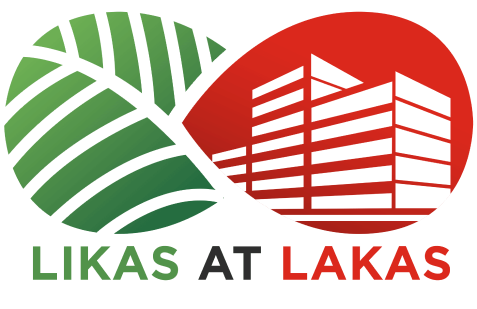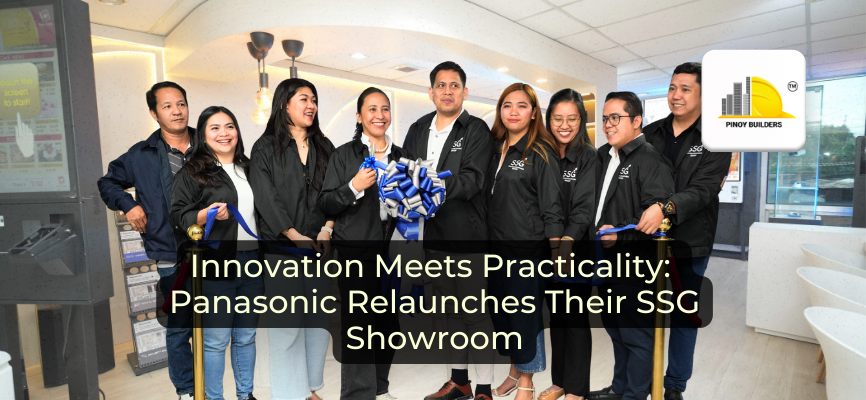Farmhouses have long been a popular home design choice among Filipinos. They offer a perfect blend of rustic charm and modern comfort, making them a favorite in both rural and urban settings. Whether in a quiet province or the heart of a bustling city, farmhouses bring a sense of simplicity and warmth wherever they are built.
These homes often incorporate natural materials, highlighting the beauty of wood, open spaces, and warm lighting. This aesthetic particularly appeals to Filipino architects, who are familiar with the bahay kubo—a traditional dwelling that shares similar design elements and materials. Both styles also emphasize sustainability, capturing the essence of rural living without compromising modern convenience.
In this article, we’ll explore five stunning farmhouse designs by talented Filipino architects, showcasing how this timeless style continues to thrive in the local landscape.
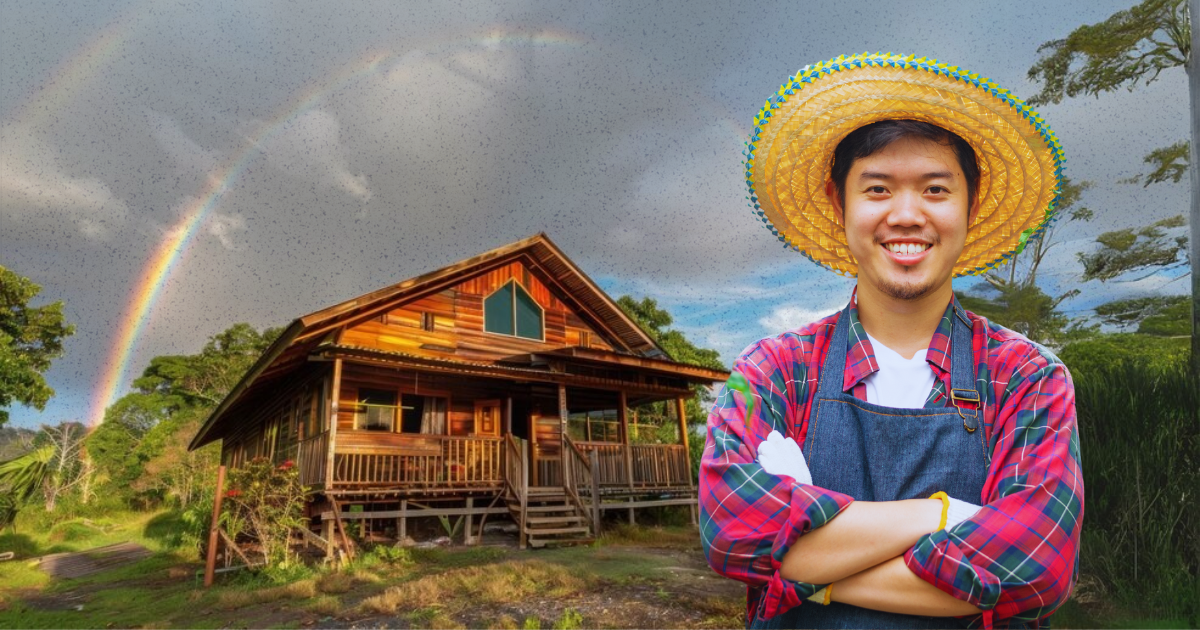
The Appeal of the Farmhouse Aesthetic
Many homeowners are drawn to the farmhouse aesthetic for its timeless appeal and ability to create a relaxing environment. This design takes inspiration from barn houses and country homes, often featuring exposed beams, wide porches, and vintage-inspired finishes.
One of the biggest advantages of this style is its emphasis on open layouts and natural materials. Large windows, wooden accents, and neutral color palettes enhance the sense of space while promoting good airflow—an important factor in tropical climates. At the same time, the farmhouse aesthetic blends rustic charm with modern conveniences, making it a practical yet stylish choice for Filipino homes.
5 Architectural Ideas for Bringing the Probinsya Feels Into Your Home
1. A Farmhouse in Laguna by Architects Alexa Libanan and Ardie Mariano
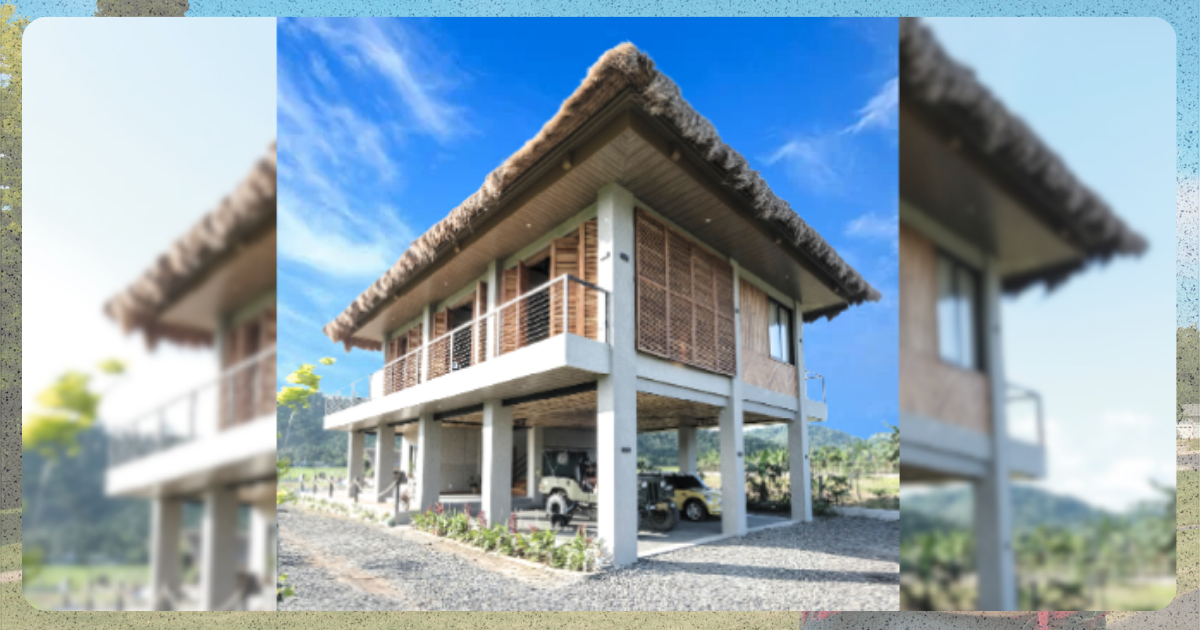
Image from BluPrint | Ed Simon
Architects Alexa Libanan and Ardie Mariano designed a modern farmhouse in Santa Maria, Laguna, offering stunning views of the Pililla mountain range. Using locally sourced materials, they combined amakan bamboo mats and reclaimed wood with modern construction techniques to enhance durability in this reimagining of the bahay kubo.
One of the standout features is the thatched cogon grass roofing, crafted in collaboration with local craftsmen—an element the owners credit to the Filipino bayanihan spirit.
Designed for both family gatherings and quiet retreats, the home embraces natural ventilation and open-air spaces, blending sustainability with traditional Filipino charm.
2. The Mendoza Farmhouse by Architects Benjee Mendoza and An Bermejo
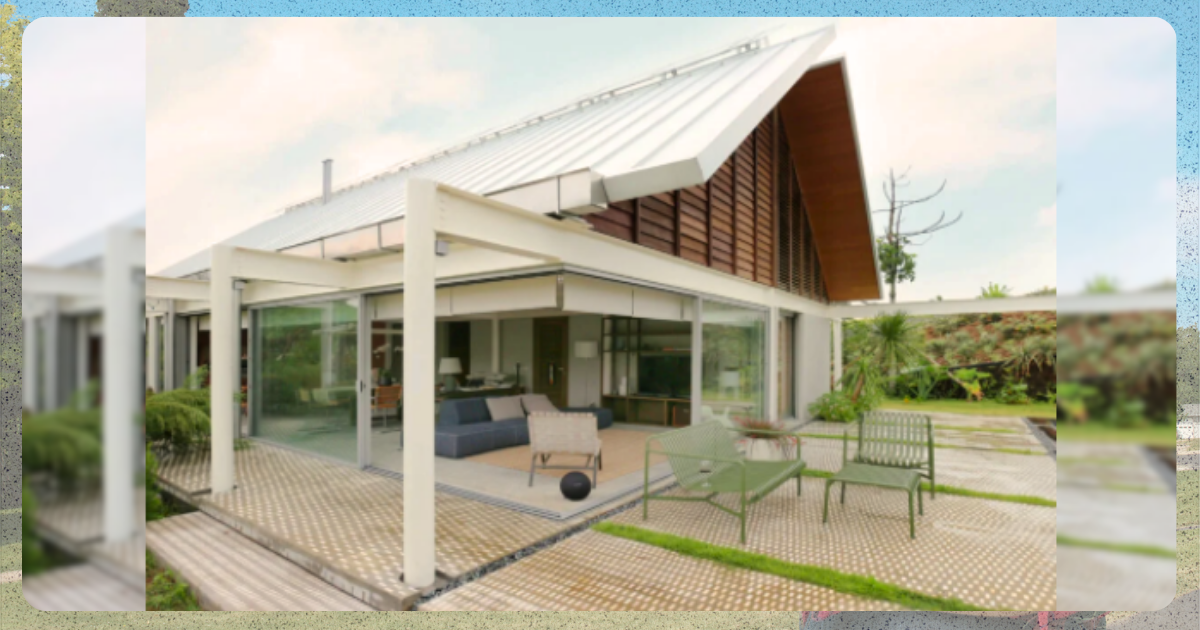
Image from Kanto | BAAD Studio and Patrick Kasingsing
Situated on a 4,000-square-meter pineapple plantation in Alfonso, Cavite, The Mendoza Farmhouse embodies both sustainability and thoughtful design. Notably, the two-story structure was constructed in just seven days using prefabricated steel, eliminating the need for on-site welding.
The open-plan layout maximizes natural light, highlighted by a duo-pitch, timber-finished soffit—a horizontal underside element that connects walls to roof edges—rising to a skylight running the length of the house. This design enhances ventilation even during peak heat. A decked gazebo serves as an alfresco dining area beside the jacuzzi and pool, seamlessly blending modern functionality and relaxation with the traditional rustic charm of a farmhouse.
3. Kilyawan Farm Resort by Dominic Galicia Architects

Image from Kanto | Michael Angelo Reyes (Kilyawan Farm Resort)
Kilyawan Farm Resort, designed by Dominic Galicia Architects, transforms a former poultry farm in Ibaan, Batangas, into a sustainable retreat. Shortlisted for the 2024 Brick Award, the project preserves the site’s history by repurposing old chicken houses and using locally sourced materials. Original steel trusses, bamboo slats, and reclaimed wood were thoughtfully integrated to maintain the farm’s character.
Sustainability and authenticity drive the design, with over 1,000 bamboo poles harvested and treated on-site for wall claddings. The buildings retain a strong connection to the surrounding trees, reflecting the effort to preserve the spirit of the place. Kilyawan Farm Resort stands as both a tranquil escape and a model for eco-conscious architecture in the Philippines.
4. The Farmhouse Project by Mede Architecture
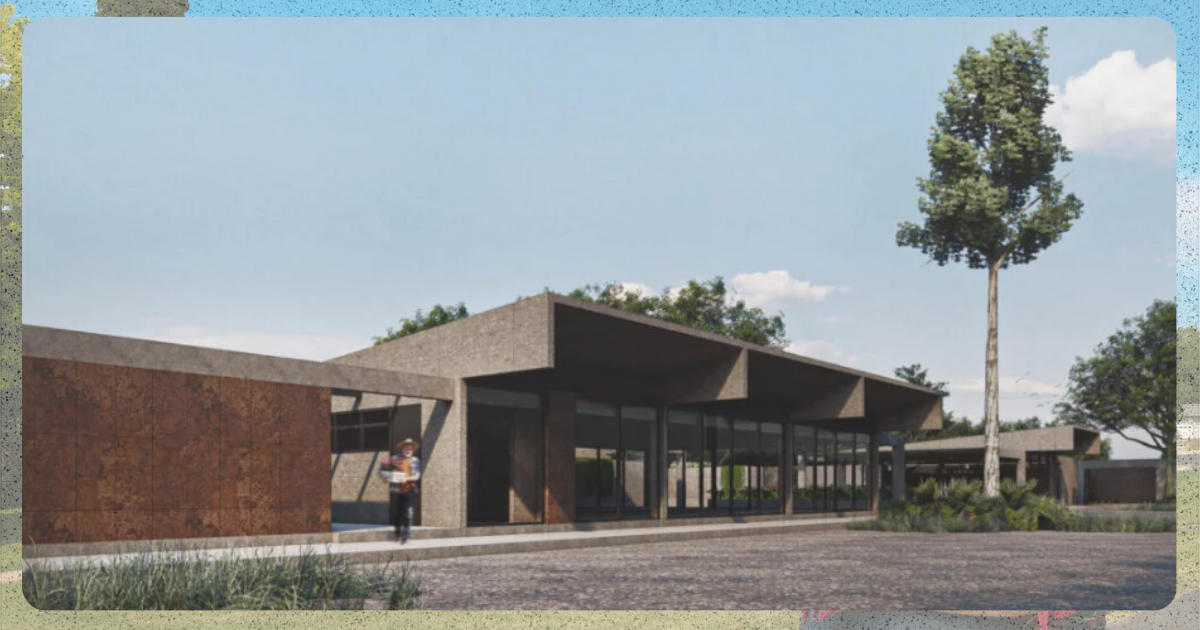
Image from Kanto | Mede Architecture
This unique Bulacan farmhouse was designed and constructed by Eldry John Infante and Martin Gabriel Quiambao, two visionaries aiming to create a seamless connection between the structure and its natural surroundings. The shed-style villa features an open ridge for ventilation, full-height windows, and sliding doors that connect indoor and outdoor spaces.
Built with earthy concrete, adobe stone, and weathered steel, the structures reflect the land’s natural hues. The gutterless shed roofs allow leaves to fall naturally, reinforcing the architects’ vision of an organic retreat. The farmhouse buildings are thoughtfully positioned among mature mango trees and a cooling fishpond, embracing sustainability while maintaining a raw, minimalist aesthetic.
5. Casa Cecilia: The Farm Villa by Architecture student Jolo Cecila and Architect Anjo Cantalejo
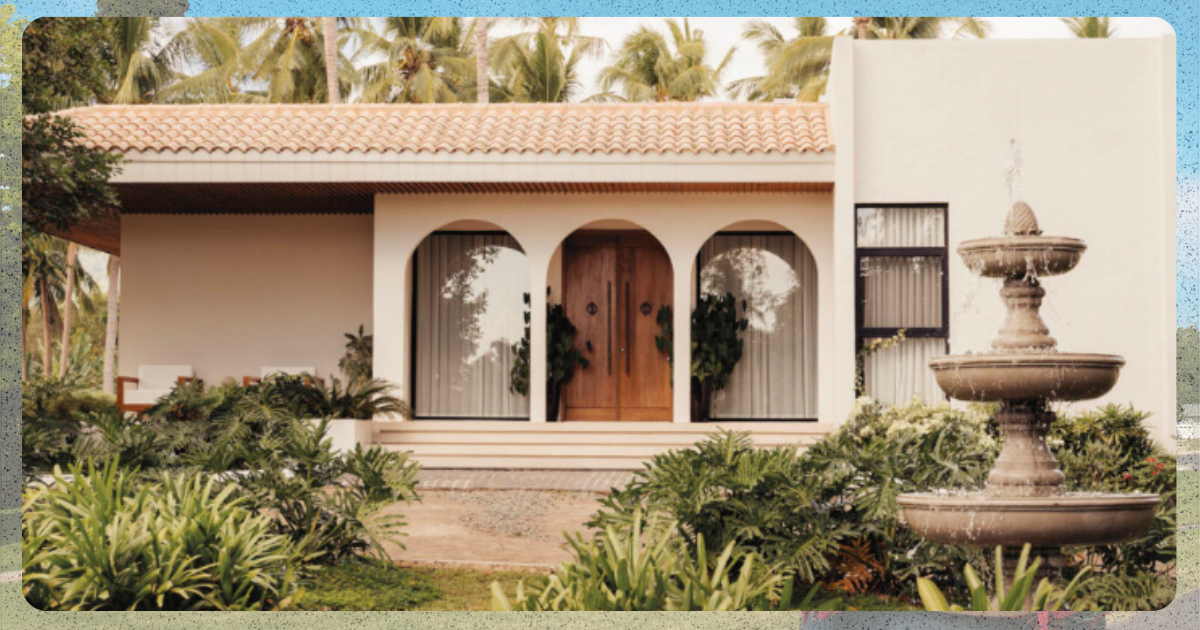
Image from BluPrint | Jeric Rustia
Perched on a ten-hectare farm at the foot of Mt. Malarayat, Casa Cecilia blends the charm of a Spanish Mediterranean villa with the relaxed feel of a tropical retreat. Designed by architecture student Jolo Cecilia and architect Anjo Cantalejo, this hacienda-style home features white stucco walls, arched doorways, and aged terracotta roof tiles that will develop a rich patina over time.
The open-layout design seamlessly connects indoor and outdoor spaces, with lush greenery framing the home. Inside, the organic modern aesthetic pairs crisp white surfaces with natural textures, while large windows invite the cool mountain breeze—making Casa Cecilia a timeless interpretation of the farmhouse aesthetic.
Key Considerations When Choosing the Farmhouse Aesthetic
Adopting the farmhouse aesthetic goes beyond selecting wooden finishes and rustic furniture. Thoughtful planning ensures that the design is not only visually appealing but also functional and well-suited to the local climate.
- Material Selection: Wood, stone, and metal are key elements of farmhouse design. Opting for weather-resistant materials helps maintain the home’s durability and aesthetic appeal over time.
- Tropical Adaptation: Traditional farmhouses are often built for cooler climates, so adjustments are necessary to make them suitable for the Philippines. High ceilings, wide eaves, and proper insulation can help regulate indoor temperatures and improve comfort.
- Natural Light and Ventilation: Incorporating large windows, open floor plans, and cross-ventilation strategies enhances airflow and natural lighting, reducing reliance on artificial cooling and lighting systems.
- Modern Functionality: While farmhouse designs emphasize rustic charm, integrating modern features such as smart home technology, energy-efficient appliances, and contemporary furnishings ensures the home remains practical and convenient.
The Importance of Design Upkeep and Maintenance
A well-designed farmhouse-style home requires proper maintenance to keep its rustic appeal intact. Wooden elements, in particular, need regular care to prevent damage from moisture, pests, and weathering.
- Protecting Wood Finishes: Applying sealants and using treated wood can help prevent deterioration. Regular inspections for termites, moisture buildup, or water damage are also essential to prolong the life of wooden features.
- Metal Care: If the design incorporates wrought iron or steel, periodic rust-proofing and cleaning will help maintain the material’s integrity and appearance.
- Preserving Open Spaces: Outdoor areas such as porches, decks, and patios should be cleaned and sealed regularly to ensure they remain functional and visually appealing.
Investing time in upkeep ensures that the farmhouse aesthetic remains as beautiful and inviting as the day it was built.
Embracing the Probinsya Feel in Modern Homes
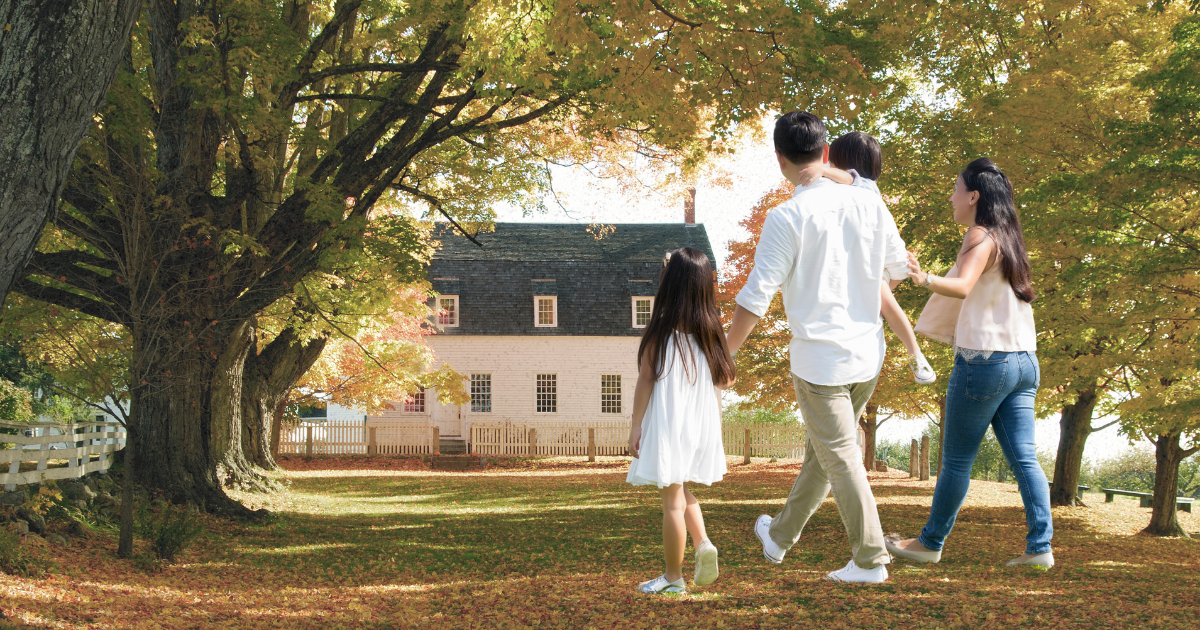
Exploring this aesthetic creates a home that is not only visually appealing but also fosters a relaxed and welcoming lifestyle. The farmhouse style evokes warmth, nostalgia, and a connection to nature—qualities that are often lacking in many modern home designs. Many Filipino architects continue to refine and adapt farmhouse designs, making them more suitable for the local climate while preserving their timeless appeal.
With the right architectural choices, homeowners can enjoy the probinsya feel without sacrificing modern comforts.

